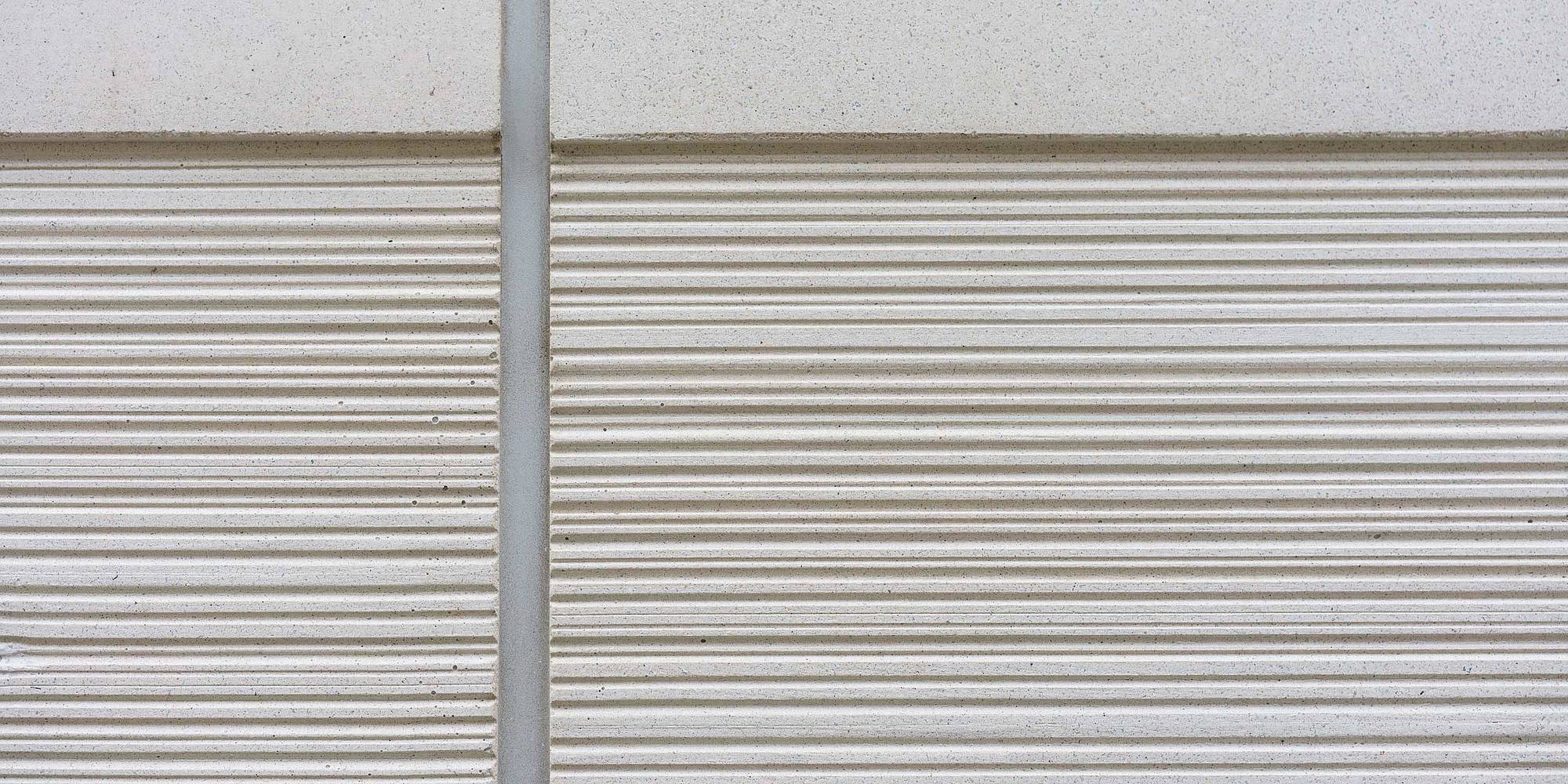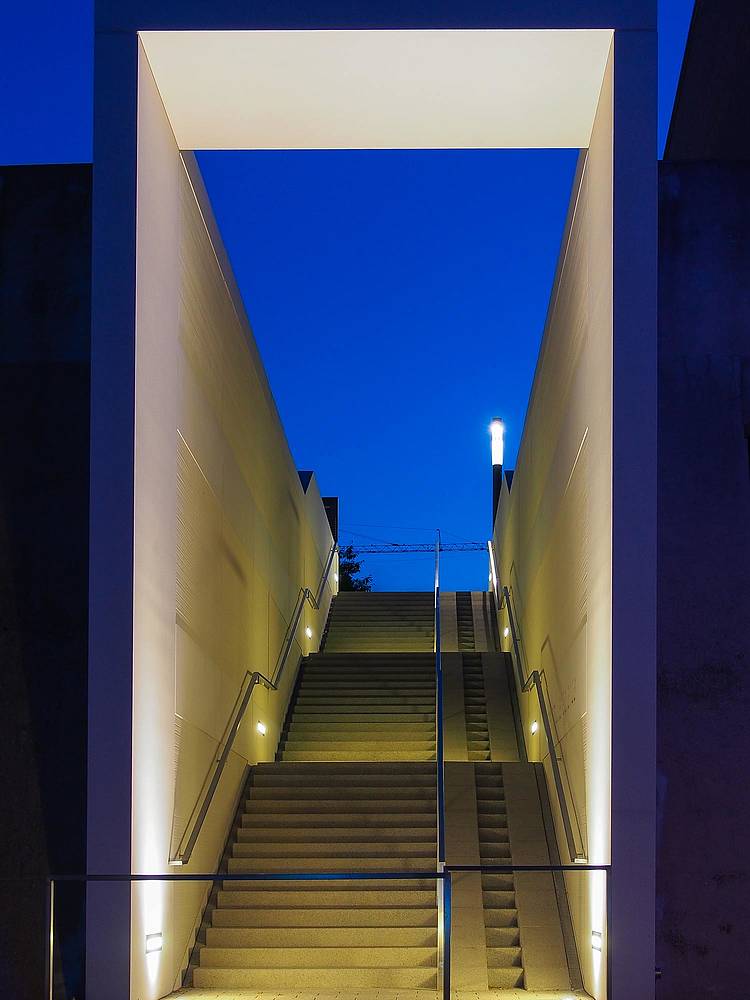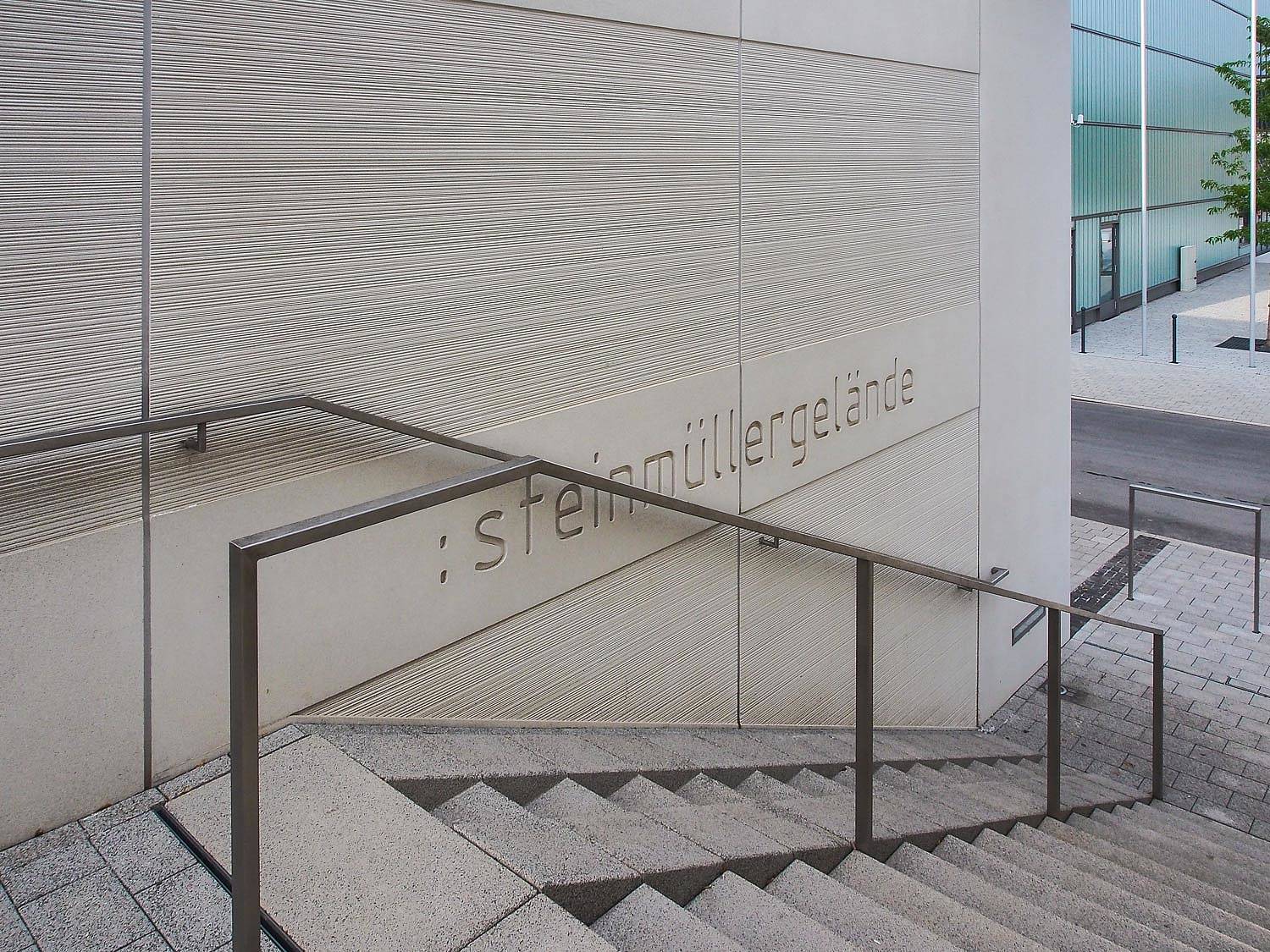Ackermannquerung, Gummersbach, Germany
Interesting exposed concrete surfaces make the ‘Ackermannquerung’ crossing in Gummersbach a modern, lightweight connecting structure.
Since 2014, the town of Gummersbach has had its own gateway to the modern. The ‘Ackermannquerung’ combines the two newly developed areas of Steinmüller and Ackermann, and is an important connecting structure for a challenging town planning project.
The Steinmüller land behind the railway tracks has been an important part of the town for almost 150 years: the factory produced steamers and other equipment. It was the heart and soul of Gummersbach. It was purchased by Babcock Borsig in 1999 but ended up insolvent within just three years. The sale, insolvency and closure of the factory were turning points for the Steinmüller staff, many of whom had worked at the factory for decades. Almost every family in Gummersbach has a connection to the Steinmüller factory.
The town therefore needed to be tactful when it purchased the land in 2002 and decided to develop this centrally located industrial land. After initial skepticism, the idea of creating a new residential area while recognizing historic roots began to gain in popularity. The plan for the area was completed in 2006. The Steinmüller land and the adjacent Ackermann plot were to be regenerated to create new areas with homes, shops, leisure and even a cinema.

The ‘Ackermannquerung’ is one of four entrances to the newly developed areas from various directions. A height difference of seven meters between Rospestraße and Steinmüllerallee had to be compensated for. Kassel-based architecture firm Pape + Pape took on the design. The planners overcame the height difference with a 3.8m set of steps protected on both sides by 23m-long walls with a kind of gateway on the Steinmüller end.
Individually positioned concrete elements with horizontal flutes soften the visible white acidulated concrete and lighten the meters-high walls. The textures were embossed into the concrete using formliners from RECKLI in the Anton Schick prefabrication plant. The Vltava texture is one of over 40 fantasy textures in the RECKLI catalog. The line-based texture impresses with ridges in various widths and depths and a fine finish. The flutes were made by joiners onto the panels used to mold the formliner. In the prefabrication plant, the elastic formliner was then simply placed into the shell, filled with concrete and removed once dry. The result is precise and detailed, and the stretchiness of the formliner prevents breaks and tears when removing.

Integrated lighting elements create a warm, inviting effect and make sure that everyone feels safe using the crossing at night. Another highlight of this crossing is the plot’s logo.
In the finished structure, the textured exposed concrete creates lightness, while the logo on the exposed concrete provides a feeling of orientation and belonging. The structure itself provides passers-by with access to the modern Gummersbach.
